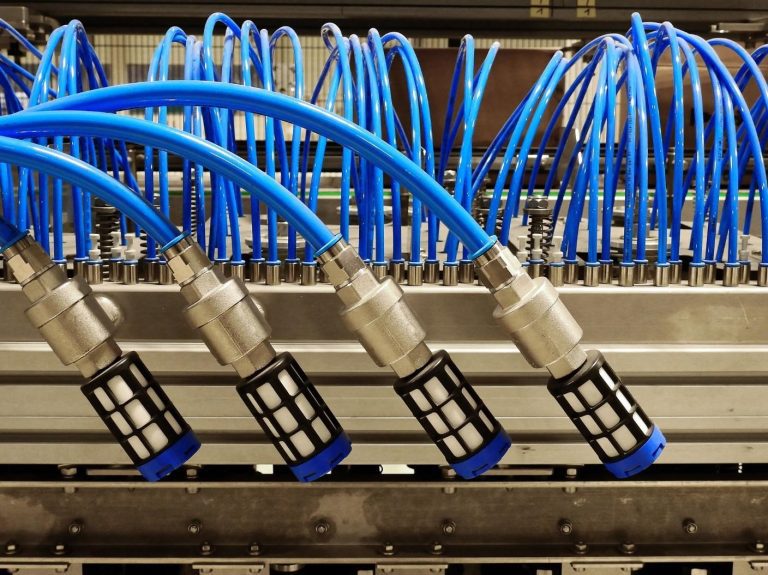Countries around the world are setting accelerated targets for decarbonization. In the UK, the government’s latest Carbon Budget features plans to reduce emissions by 78% by 2035 – compared to 1990 levels – taking the nation more than three-quarters of the way to reaching net zero by 2050.[1] Moreover, in its ‘Ten Point Plan for a Green Industrial Revolution’ this administration has highlighted the decarbonization of buildings as a key aspect of its policy towards reaching these targets.[2] Given buildings account for 36% of final energy use, they are a prime target for energy efficiency initiatives and will be a major contributor to climate target attainment.[3] In order to achieve these goals, more attention needs to be paid to the existing commercial and public building stock. In Europe, for instance, roughly 75% of the building stock is energy-inefficient[4]. This means that a large part of the energy consumed is in effect wasted. Renovating existing buildings could reduce the EU’s total energy consumption by 5-6% and lower carbon dioxide emissions by about 5%. Yet, on average, less than 1% of the national building stock is renovated each year. To meet climate and energy objectives, experts state that the current rates of renovation should at least double[5]. To get on track to net-zero carbon building stock by 2050, the International Energy Agency (IEA) estimates that by 2030, direct building CO2 emissions need to fall by 50 percent and indirect building sector emissions by 60 percent. A recent study[6] from Siemens Financial Services estimates the gap between the existing rate of investment in energy-efficient smart buildings and the accelerated rate which experts are saying needs to be reached to achieve sustainability and climate change targets. This gap is where smart finance can step in to enable the investment that should be made but is not yet happening. To bridge the investment gap, building owners and managers are having to look at changing how their buildings operate, their business models and how they are going to finance the required upgrades. Regarding operational technology, commercial and public buildings are going to have to become smarter to cope with these new demands for decarbonization. Smarter buildings allow flexible working – whether from the perspective of hot-desking, agile changes of use, security and safety, greater efficiency and flexibility or adapting to cope with volatile circumstances. While there is wide consensus around the need to make buildings smarter, all countries and sectors need a way of making that conversion financially sustainable. Yet how can this be done in practice? The starting point is to use smart technology to reduce building energy consumption. This produces hard financial savings that – through smart financing arrangements – can be harnessed to significantly subsidize the energy efficiency renovation of existing buildings. In selected cases, the energy savings might even pay for overall conversion. This can be done at an enterprise level, or in small incremental steps, each of which proves its return on investment. Typical building energy efficiency savings are usually at least 20%[7] (often far higher) representing very substantial operating economies. New models for smart financing Smart financing takes a variety of forms, depending on the business processes that need to be enabled. At the technology component level, financing tools are available to help vendors and distributors add value with cash flow capabilities for their buyers. For larger installations or systems, smart financing arrangements can be flexed and tailored to align costs with the rate of benefit gained from the energy-efficient technology. At the most complex level, Smart-Buildings-as-a-Service provides the financing solution, with future expected savings from energy efficiency being harnessed and used to pay for the capital investment and more. Conclusions Renovation projects to decarbonize buildings by transforming them into smart, energy-efficient environments are falling behind governments’ declared climate goals around the world. Many experts have declared that the annual investment rate should scale by three times or more to reach those declared targets. In order to bridge the gap between current investment rates and the required volumes, smart financing methods are being offered by private sector finance. They all seek to make the conversion to decarbonized, energy-efficient, smart buildings affordable for owners. At the least, these financing tools ease cash flow and align costs to the rate of benefits gained. At the best, smart financing makes the transition to decarbonization budget neutral, by harnessing future savings to pay for current investment. [1] Gov.uk, ‘UK enshrines new target in law to slash emissions by 78%’, https://www.gov.uk/government/news/uk-enshrines-new-target-in-law-to-slash-emissions-by-78-by-2035 [2] Gov.uk, ‘The Ten Point Plan for a Green Industrial Revolution’, 2021 https://www.gov.uk/government/publications/the-ten-point-plan-for-a-green-industrial-revolution/title#point-7-greener-buildings, 2020 [3] GlobalABC, Status Report 2019 [4] European Commission, In focus: Energy efficiency in buildings, 17 Feb 2020 [5] European Commission, In focus: Energy efficiency in buildings, 17 Feb 2020 [6] Siemens Financial Services, Bridging the Investment Gap: Smart Financing for Decarbonization in Buildings, 2021 https://www.siemens.com/financing-decarbonization-manufacturing [7] IPF Research Programme, Costing Energy Efficiency Improvements in Existing Commercial Buildings, Oct 2017










